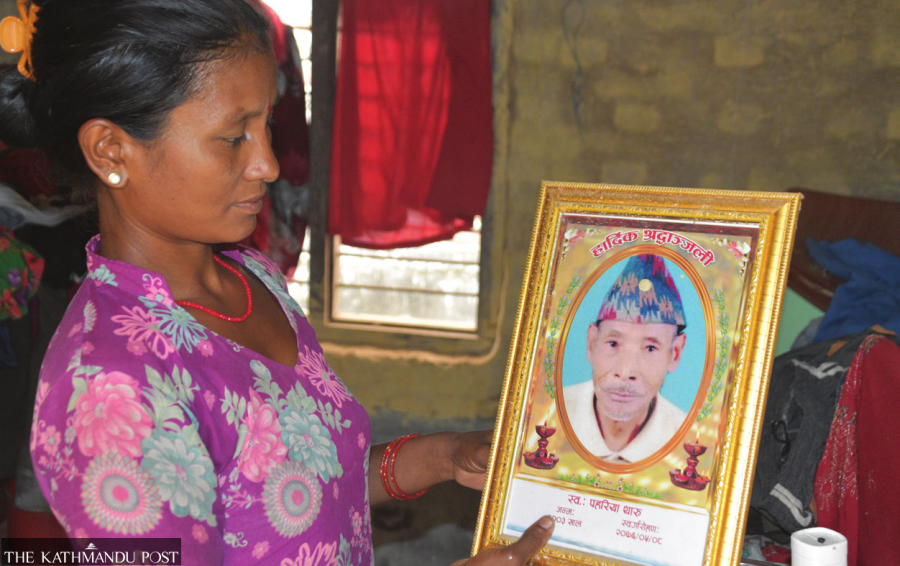Editorial
Hidden cost of conservation
Attacks and deaths are directly proportional to the increase in the tiger population in Bardia.
Over the years, Nepal has made significant strides in conserving wildlife, be it the tiger, rhino or blackbuck. While it is easier to deal with threats posed by herbivores, the same cannot be said of carnivores. Bardia, in recent years, has become a success story concerning tiger conservation and is poised to receive the International Award Tx2 in Russia this year for significant strides in helping the numbers improve. But all this has come at a price for the residents living on the conservation area’s periphery.
While increasing tiger numbers may give the image of a job well done, it is not particularly so for those that have to deal with the trials and tribulations of living on the fringes of a wildlife sanctuary. Startling statistics are beginning to emerge over the years. There have been increasing cases of tiger attacks on people resulting in death. Despite assurances from park authorities of ample prey availability for the tigers and improved security situations, as many as 23 people have died in tiger attacks in Bardia alone, and six have been killed in Banke since 2019.
Incidentally, attacks and deaths are directly proportional to the increase in the tiger population in Bardia National Park from 18 individuals in 2009 to 87 in 2018. Behind all this success, accolades and international awards, there has been a price, particularly for locals—they have had to pay it with their lives. The increasing threat to people’s lives needs immediate attention from the authorities to ensure that the matter does not balloon out of proportion. And the first of them is whether the continuous increase in tiger population is even sustainable given the limited space of the sanctuary. If yes, how do the authorities aim to justify the rising human deaths?
Conservation is about achieving a sense of ecological balance. While it is essential to tackle animal poaching, and with Nepal successfully aiding in improving wildlife numbers, the authorities’ efforts are worthy of praise. But should conservation come at the cost of human lives? Therefore, in terms of achieving a balance, it hasn’t shown the same level of success. The loss of human life and habitat is a topic less discussed by both the authorities and the conservation organisation. So far, the method has clearly been protecting wildlife but completely overlooking the issues of people’s lives and livelihood.
It is nonetheless a tricky situation to overcome. It would be difficult for the authorities to ban locals from visiting the forest as they too depend on it. And mere reparations for the lives lost would never compensate for the void in people’s lives through the loss of loved ones. Perhaps the focus should be on sustainability rather than achieving an increase in sheer numbers, which is proving to be unmanageable. Seeking better habitats for the tigers and controlling unprecedented increases would go a long way in ensuring suitability. Nothing can be materially achieved without the support of the local community; hence it would be best to keep the community’s interest central in running any future conservation campaigns.




 11.12°C Kathmandu
11.12°C Kathmandu














